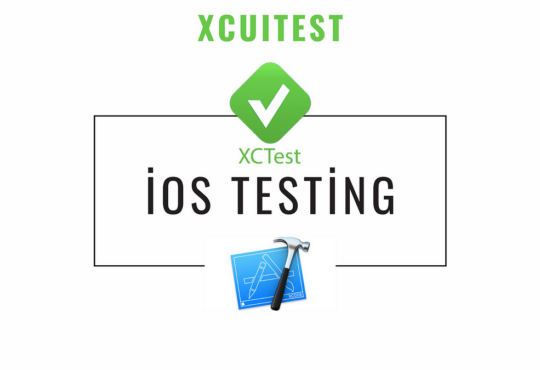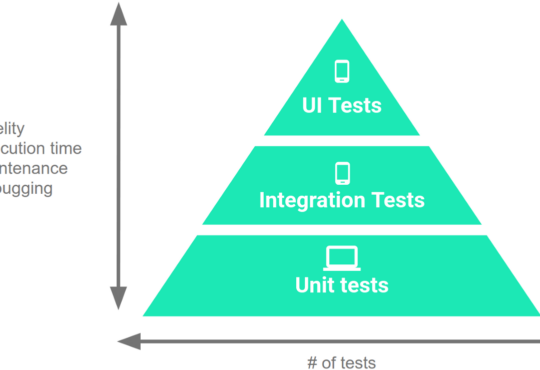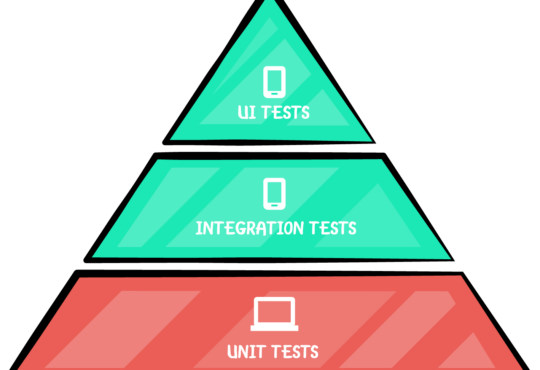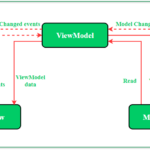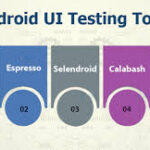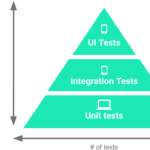
Behavior Driven Development (BDD) Tools
Behavior Driven Development (BDD) is an agile software development approach that emphasizes collaboration between developers, testers, and business stakeholders to create high-quality software. BDD testing tools play a crucial role in implementing BDD principles and automating the testing process. In this blog, we will discuss some popular BDD testing tools, compare their popularity, highlight their advantages, and provide links to their websites.
Cucumber

Cucumber is perhaps the most well-known and widely used BDD testing tool. It allows you to write test scenarios in a human-readable format using the Gherkin language. Cucumber supports multiple programming languages such as Java, Ruby, and JavaScript. It provides a natural language syntax that helps bridge the communication gap between technical and non-technical team members. Advantages:
- The Gherkin syntax makes it easy for non-technical stakeholders to understand and contribute to the testing process.
- Supports seamless collaboration between testers, developers, and business stakeholders.
- Integrates well with other testing frameworks and tools.
Website: Cucumber.io
SpecFlow

SpecFlow is a popular BDD testing tool for .NET applications. It uses the Gherkin syntax and integrates with Visual Studio and other popular development environments. SpecFlow supports both C# and VB.NET programming languages. It allows you to define and execute behavior-driven tests using feature files and step definitions. Advantages:
- Seamless integration with the Microsoft .NET ecosystem.
- Provides a living documentation that helps in maintaining a single source of truth for the application’s behavior.
- Supports parallel test execution and integration with popular CI/CD tools.
Website: SpecFlow.org
JBehave

JBehave is an open-source BDD framework for Java applications. It follows the same Gherkin syntax as Cucumber, allowing you to define test scenarios in a natural language format. JBehave integrates with popular Java testing frameworks like JUnit and TestNG. Advantages:
- Provides a clear separation of business or functional requirements from technical implementation details.
- Offers extensive support for parameterization, scenario outlines, and meta-data.
- Integrates well with popular Java IDEs and build tools.
Website: JBehave.org
Behave

Behave is a Python-based BDD testing tool that follows the Gherkin syntax. It allows you to write feature files and uses step definitions to define the corresponding test actions. Behave integrates with popular Python testing frameworks like Pytest. Advantages:
- Simplifies test creation and readability with a natural language format.
- Supports parallel test execution and integration with CI/CD pipelines.
- Provides flexible test configuration options.
Website: Behave.org
Gauge

Gauge is an open-source BDD testing tool that supports multiple programming languages including Java, C#, Ruby, and Python. It focuses on simplicity and extensibility, providing a lightweight and easy-to-use framework for collaborative testing. Gauge follows a markdown-like syntax for writing test specifications. Advantages:
- Lightweight and simple syntax that promotes readability and collaboration.
- Offers extensibility through a rich plugin ecosystem.
- Integrates with popular IDEs and test runners.
Website: Gauge.org
When selecting a BDD testing tool, consider factors like the programming language, ecosystem, community support, and integration capabilities with your existing toolset. It is also important to consult the official documentation and community forums of each tool to understand their features and use cases.
Happy BDD testing! Note: The links provided are for convenience and reference purposes only. It is always recommended to visit the official websites of the respective tools for the most up-to-date information.
